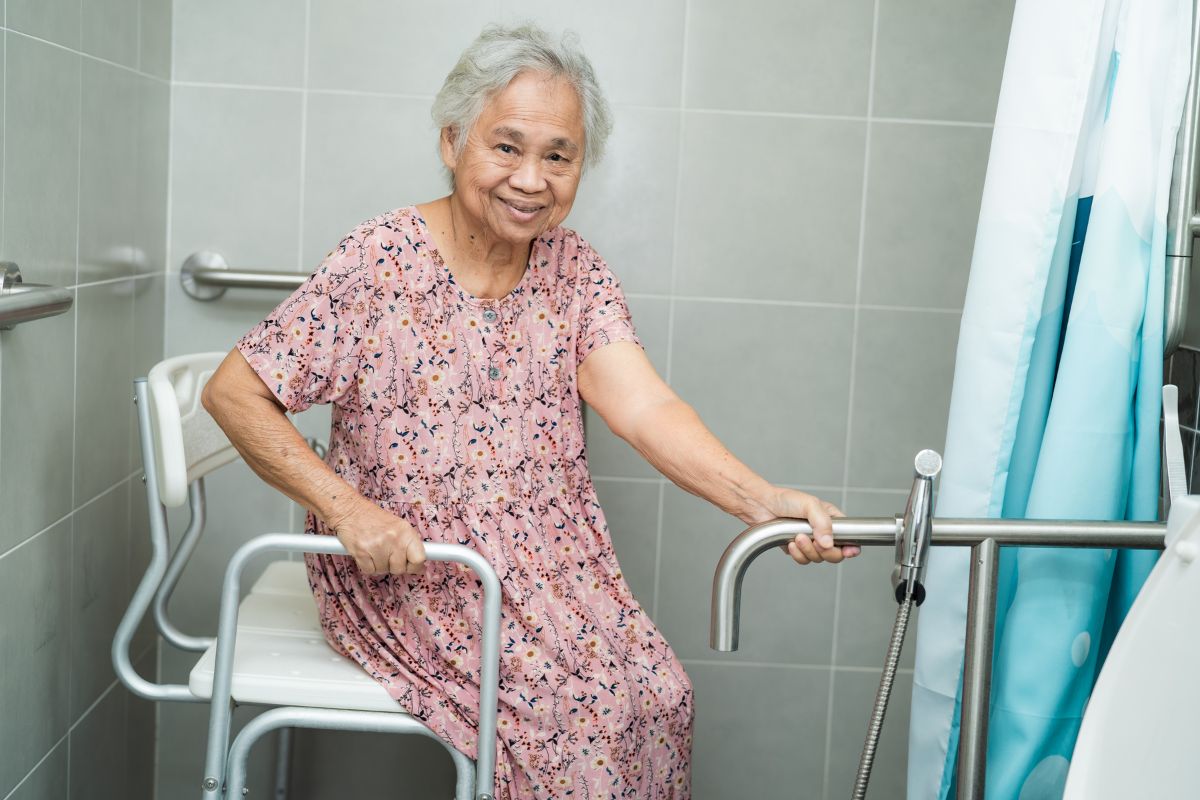
February 26, 2024 Homeworks Hawaii, Design
If you’re approaching your golden years or have an elderly family member in Hawaii, you might be wondering what your options are regarding housing and care. Aging in place in Hawaii is a popular choice, where elderly residents – or kupuna – remain in their own homes for as long as possible. While aging-in-place is more affordable and often more comfortable than relocating to a nursing home, you’ll need to consider factors such as care plans and home modifications.
In this guide, we’ll look at the ins and outs of aging-in-place in Hawaii, how it compares to alternative options, considerations, and what you can do to prepare your home for yourself or a family member. If you need personalized advice, a quote, or a consultation, contact our experts.
Aging-in-Place in Hawaii Explained

Aging-in-place simply means living in your own home as you grow older instead of relocating to a nursing home or care facility. According to the CDC, the definition of aging in place is “the ability to live in one’s own home and community safely, independently, and comfortably, regardless of age, income, or ability level.”
Aging-in-place is the preferred housing option for most kupuna in Hawaii. As nursing homes tend to be much more expensive in Hawaii than on the US Mainland, aging-in-place is also by far the most economical housing option for elderly residents. Moreover, aging-in-place is increasingly becoming the only option for many kupuna – Hawaii already lacks enough nursing home facilities to meet the needs of its senior citizens, and the state’s population of over 65’s is expected to grow faster than the overall population until at least 2030.
While aging-in-place in Hawaii is often more comfortable for senior residents and friendly for your finances, there are some considerations to keep in mind.
Considerations for Aging in Place in Hawaii
Aging-in-place can pose a few challenges. Make sure you’re prepared with these pointers:
Create a medical care plan

It’s a good idea to consult with medical specialists such as primary care physicians to create a medical schedule to help manage chronic illnesses. After all, a deterioration in health is natural as we age. You can help kupuna and caregivers keep track of appointments and medications using healthcare management apps or a health journal.
Have a support plan in place
As our age increases, so does our likelihood of injuries and illnesses, whether due to chronic conditions or a decrease in physical and cognitive abilities. Consequently, implementing monitoring and communication plans is vital. Home sensors can be used to monitor abnormal behavior resulting from conditions including dementia. You can also detect and respond to falls and accidents with personal emergency response systems (PERS).
Consider a few home modifications

Many additions and alterations can make homes safer for those considering aging-in-place in Hawaii. For example, you can install stairlifts, improve bathroom accessibility with fixtures such as grab bars, widen doorways, improve natural lighting, lower kitchen counters, and much more. If you love your home’s style, you can make a series of small, barely noticeable modifications that’ll bolster its practicality, comfort, and safety.
Need Help Preparing Your Home for Aging-in-Place in Hawaii?
If you have an elderly relative who would prefer to grow older in their own home than relocate to a pricey nursing facility, aging in-place in Hawaii may be the most suitable option. Not only is aging in place comfier for most kupuna, but it’s also easier on your finances in most cases. Provided you have a care plan and make the modifications needed to maximize your home’s practicality and safety, aging in place could be the best way to make the most of your golden years.
At Homeworks Construction, we’ve been building, remodeling, and modifying homes on Oahu for more than 30 years. We are also certified aging-in-place specialists and maintain education and training for staff to keep up with advances in building and technology. If you need a quote or advice on home modifications, don’t hesitate to call our compassionate and highly experienced contractors.